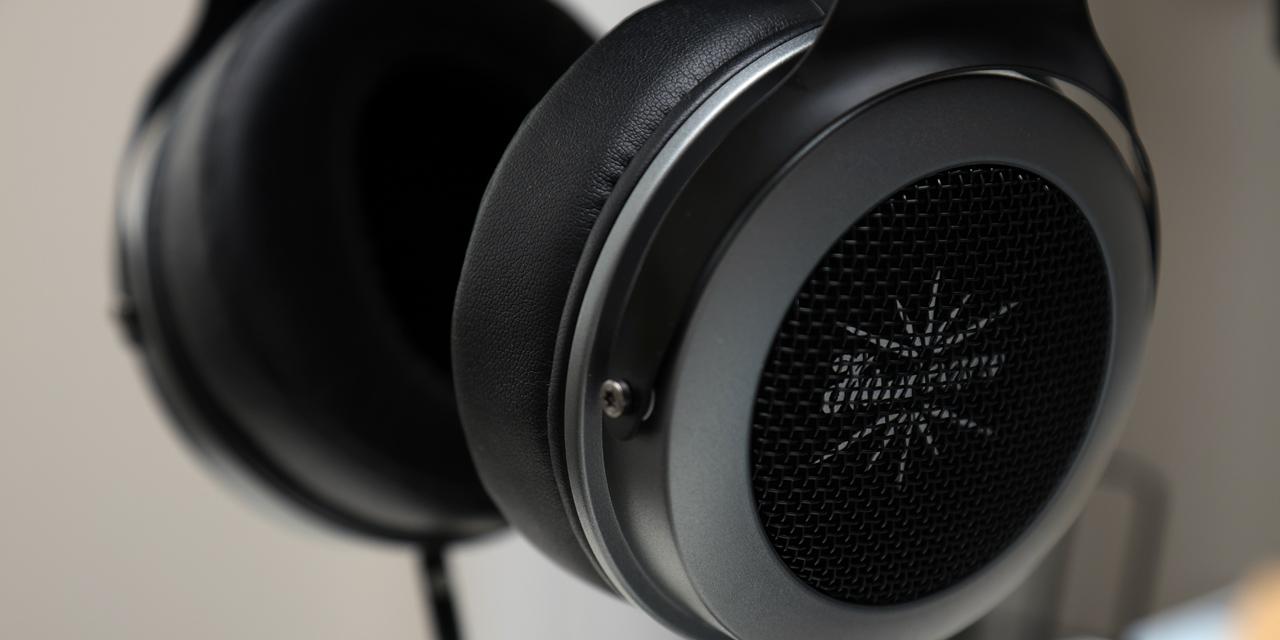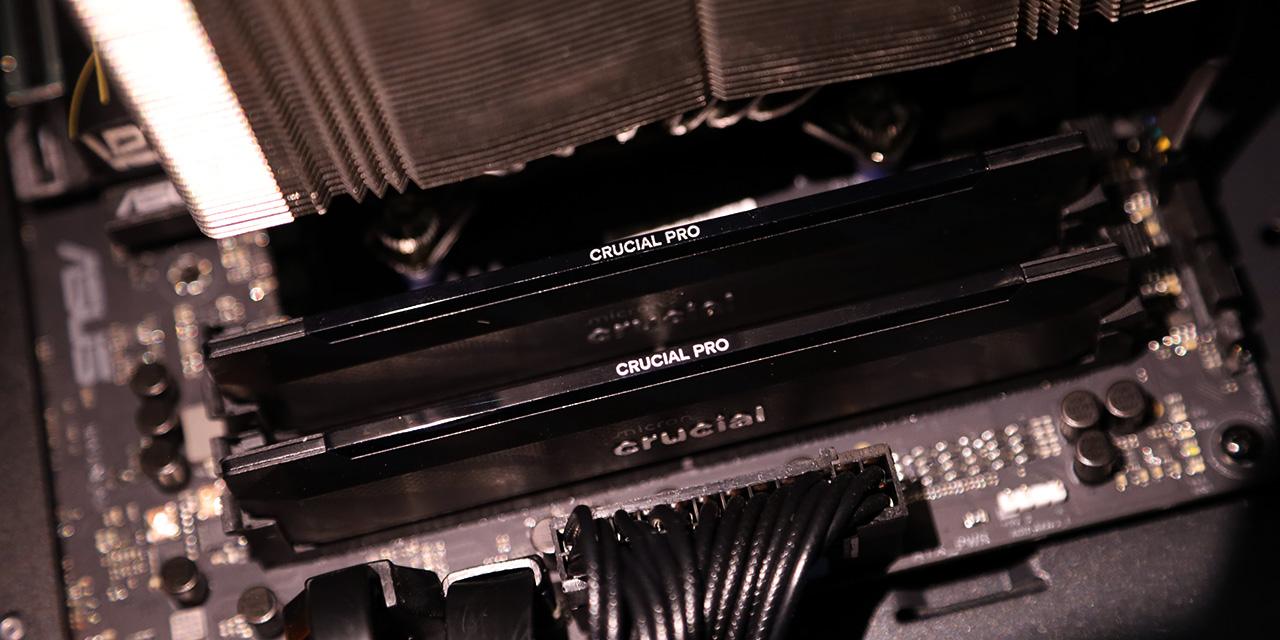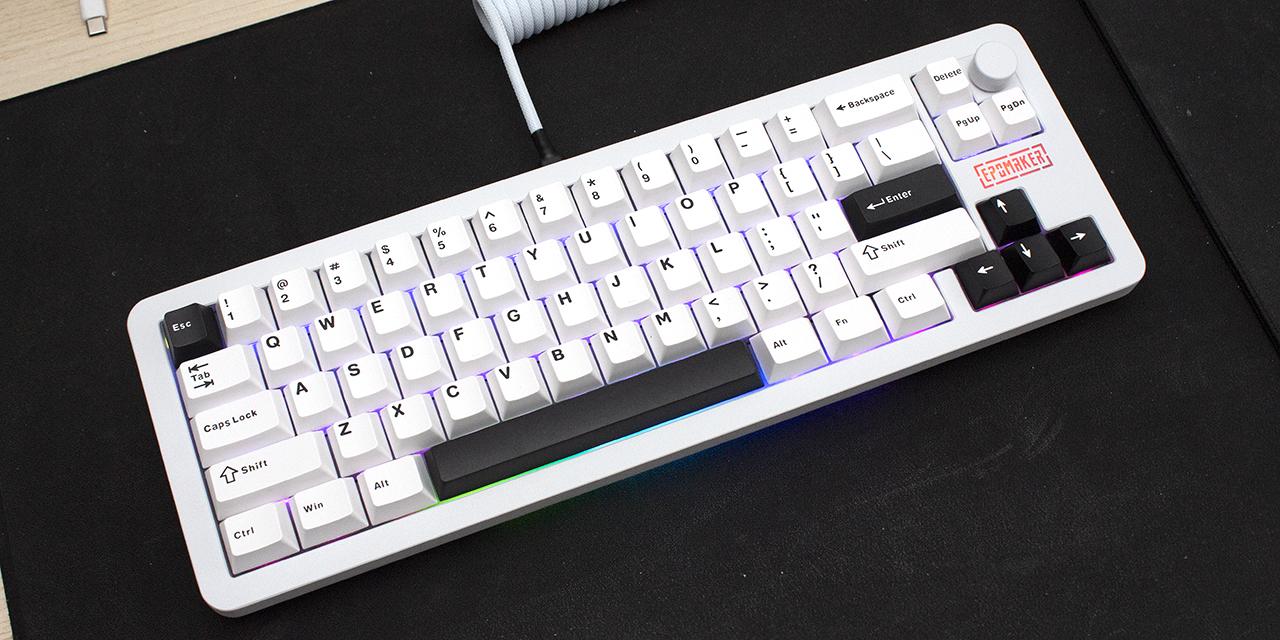Page 3 - Subjective Audio Analysis

Reviewing audio devices requires extensively trained ears, lots of experience, and sufficient technical knowledge. Even for the experienced auditioner, it may prove challenging at times to obtain an accurate evaluation of a product without a thoroughly familiar product to use as a simultaneous reference. Furthermore, many self-proclaimed audiophiles are susceptible to biased write-ups due to placebo effects from false advertising. While I am not going to even try to claim that I am the only trustworthy or best evaluator for sound, it is fact that most computer review sites have editors who are insufficiently trained in reviewing audio equipment. Give them anything and all you will read about goes along the line of "good bass, nice midrange, impressive treble, really clear sound, 10/10". While there are many knowledgeable audio reviewers at various respected online media outlets, they are by far the minority.
As I have mentioned in my past audio reviews, there are no true objective measurements for sound quality. As the evaluator, however, I will put it through a series of subjective tests to try to produce the most objective rating possible. Yes, it sounds like a paradox. For all tests, I used an Apple iPhone 15 Pro over Bluetooth 5.4 with support for SBC. After over 90 hours of break-in time -- well above typical required time -- I put the Kiwi Ears Aventus to the test. All test tracks are high-quality CD-equivalent files. I tested everything with active noise cancellation turned off, but I have also included my insights with ANC on. I also tested it in both normal and music mode.
Starting at the lower end, the Kiwi Ears Aventus had a notable amount of bass. It was clearly boosted with an extra oomph in the middle to upper bass region. The bass here was round without sounding hollow. It offered definition in its bass drum kicks without bottoming out. Electric bass guitar riffs came through with smoothness without becoming blurred with other instruments. With ANC active, the bass did not change too much, keeping its boosted-like qualities. In terms of the differences between normal and music mode, I felt like bass was a bit less pronounced in music mode, making for an ever slightly less contrast with this lower region and the rest of the frequencies.
Moving to the midrange, the Kiwi Ears Aventus had a lesser middle region, which was expected for a pair of headphones in this category. It was still natural sounding, but it was clearly tuned for a fun-sounding balance. Vocals in this region were clear and warm, sounding full in range. There were slight dips and peaks in the midrange, although nothing sounded too unnatural. Instruments like acoustic guitars and pianos sounded natural with good resonance.
In the highest region, the treble of the Kiwi Ears Aventus was sharp, clean, and bright. Higher region instruments like violins and flutes or high-hat crashes were reproduced with energy and spark without being too clashy and uncomfortable. It provided a counter to the boosted bass region, but it felt overpowered at times. At the highest end of the trebles, there was a bit more attenuation. Sibilance was not too bad, as sharp 'S' sounds were not too grating on the ears. In music mode, the trebles were a bit reduced.
Overall, Kiwi Ears claimed the Aventus was mildly tuned to match the Harman tuning, and this results in a fun-sounding V-shaped tune. This is a combination of a heavier bass, more mid-treble, and a lesser midrange. It worked as intended, as I often had to force myself to refocus on critiquing the headphones rather than just listening along. I would say the music mode was a bit less extreme with the Harman tuning, and the peaks and dips of the frequency response felt just a bit less contrasted. The pair of Aventus had a darker character in both normal and music modes, with more bass than the rest of the regions.
The soundstaging and imaging of the Kiwi Ears Aventus was decent, as it was able to create a larger stage than just existing in between my ears. Sound felt completely passable in both width and depth. It was limited by its closed-back design, but it still sounded large enough. Instruments did not sound like they were stuck to each other, and there was a good amount of directionality in the sound. When active noise cancellation was turned on, this did not negatively affect the staging too much, even if you did notice the slight vacuum effect when it was active. Overall, I thought Aventus were above average in this category.
The Kiwi Ears Aventus were solid when it came to its precision and detail of layering sounds. Separate instruments and vocalists came through cleanly and clearly, allowing the listener to easily distinguish the different sources. With more voices and instruments blended in, the Aventus started to struggle a bit more in maintaining the detail and resolution of the sound, but it was capable. Everything sounded balanced together, providing a cohesive sound without blending everything too much together. Transitions between the frequency ranges were smooth. The sound was clean across the board.
For sound isolation, the Kiwi Ears Aventus were good, but not great. Even with the vegan leather earcups, I found the sound would leak out of the side while in operation. It also was not the best at keeping external noises out passively. In my personal experience, I found the effectiveness of the active noise cancellation to be average. It was still functional in damping external noises like lower rumbles and constant noises. However, it struggled with reducing noises like continuous talking. This makes it quite good for environments like at work or while driving. On the other hand, if environmental awareness is needed, the transparency mode provided a passable solution by feeding sound into the output. It was not the most natural in reproducing and piping these external noises through, but it was functional.
In my microphone testing, I recorded myself once indoors and a second time outdoors. This way, you can hear its performance in both ideal and less-than-ideal environments. During the indoor test, the audio captured by the Kiwi Ears Aventus was clear. It did capture a bit of an echo, but I was standing in a small hallway when I recorded. The overall sound was natural, which is good for phone call quality. In the outdoor location, the microphones struggled a bit more with external noises like wind. There was a light breeze, although it was also a typical summer day in Calgary. When it picked up both the wind and my voice, both came through without any muffle or distortion. I would have liked it to be better at removing these external noises, but I am still pleased.
When it comes to the wireless capabilities of Kiwi Ears Aventus, it is decent. For one, its battery life is sufficient, delivering in more than a full week of continuous listening without needing to charge. I was not able to reach the quoted life with the active noise cancellation and lights off, as it was just shy of 80 hours at approximately 50% volume. Even still, this is quite a bit longer than the majority of Bluetooth headphones. With ANC turned on, this notably dropped the battery life to around forty hours, which is as expected. I did not do any testing with the RGB LED lights turned on, as I found the feature to be unnecessary and drained the battery. During my testing period, I only charged Aventus once, which is quite impressive. Recharging the Aventus takes around 2.5 hours. Secondly, its range was also noteworthy, as I was able to maintain a consistent connection up to 25m away with a direct line of sight before experiencing any skips in music. When it came to latency, I only noticed a minimal delay when watching videos.
Page Index
1. Introduction, Packaging, Specifications
2. Physical Look - Hardware
3. Subjective Audio Analysis
4. Conclusion





